 Wouldn’t a Netflix for books be neat? You could borrow all the books that you wanted to read and then return them when you’re done. Oh wait, they already invented it and called it a library.
Wouldn’t a Netflix for books be neat? You could borrow all the books that you wanted to read and then return them when you’re done. Oh wait, they already invented it and called it a library.
But seriously, what if you wanted it all available 24/7 on your iPhone or iPad, and you don’t want to wait if someone else has checked it out already. Enter the new eBook subscription app Oyster. For $10 a month (first month free, iPhone/iPad + Android app added as of 6/17/14) they’ll let you read all the books you want from their catalog of 500,000+ books. That sounds good me as I buy about a book per month on Amazon as it is. The question is if Oyster’s library is big enough for my personal reading habits. I couldn’t find a way to search through their entire collection without an active subscription, so I signed up for a trial (credit card required).
As I mainly read business, personal improvement, and personal finance books these days, that is going to be the focus of my review. I decided to compile a list of notable books that I have read or want to read first, and then check Oyster to see if they have it in their library.
William Bernstein’s Recommended Reading List for Young Investors
- The Millionaire Next Door: The Surprising Secrets of America’s Wealthy by Thomas Stanley and William Danko. Yes
- Common Sense on Mutual Funds by Jack Bogle. Yes
- Devil Take the Hindmost: A History of Financial Speculation by Edward Chancellor. No
- The Great Depression: A Diary by Benjamin Roth. Yes
- Your Money and Your Brain by Jason Zweig. Yes
- How a Second Grader Beats Wall Street by Allan Roth. Yes
- All About Asset Allocation by Rick Ferri. No
5 Recent Bestsellers
- Flash Boys: A Wall Street Revolt by Michael Lewis. No (no other Lewis books either)
- Pound Foolish: Exposing the Dark Side of the Personal Finance Industry by Helaine Olen. No
- Think Like a Freak: The Authors of Freakonomics Offer to Retrain Your Brain by Steven Levitt and Stephen Dubner. No
- Capital in the Twenty-First Century by Thomas Piketty. No
- Thinking, Fast and Slow by Daniel Kahneman. No
5 Personal Favorite Financial Books
- Your Money or Your Life by Vicki Robin and Joe Dominguez. No
- Work Less, Live More: The Way to Semi-Retirement by Robert Clyatt. Yes
- The Richest Man in Babylon by George S. Clason. No
- The Four Pillars of Investing by William Bernstein. No
- A Random Walk Down Wall Street by Burton G. Malkiel. No
Conclusion
Oyster has been steadily increasing the publishers participating in their service, but it looks like they still have a way to go. They do have a pretty good showing in older, popular, well-reviewed books. The problem is that these are exactly the type of books that are readily available in most libraries. On the other hand, they are weak in recent business bestsellers, which is where they could provide me with the most value and convenience (I’d like to just browse and skim many of these first). I read that they will not have it if the book was released within the last 3 months. They also don’t have enough depth to carry some of the better books in the early retirement niche.
I won’t be paying $10 a month for this as I only read about a book a month (cost $10-$15) and Oyster probably won’t have it in their library. I will note that on a user-experience basis, actually reading the books and navigating around the app has been pretty easy.
Alternatives to Oyster include Scribd and the Amazon Kindle Lending Library which boasts 350,000+ titles. The latter is free if you already have both a Kindle (any model) and an Amazon Prime subscription.
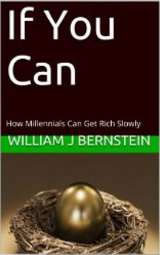 William Bernstein, author of several books on investing, has recently released a short book targeted at giving young folks a primer on saving for retirement. The title is
William Bernstein, author of several books on investing, has recently released a short book targeted at giving young folks a primer on saving for retirement. The title is 
 (
(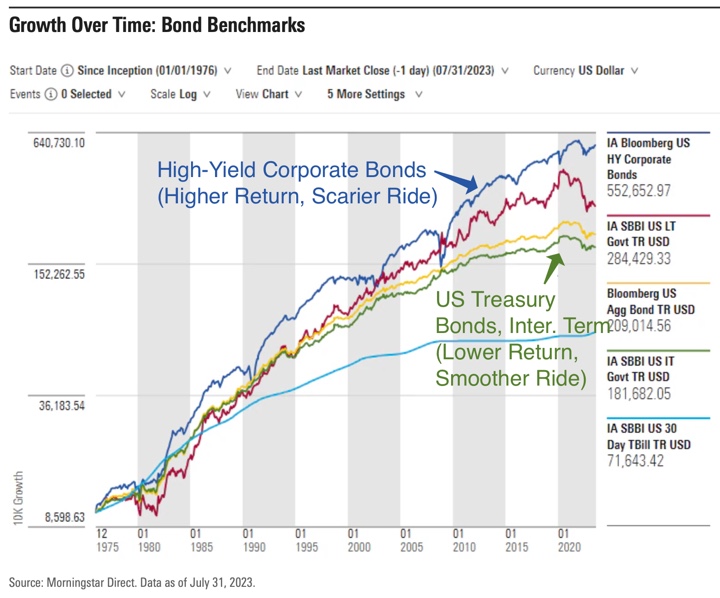
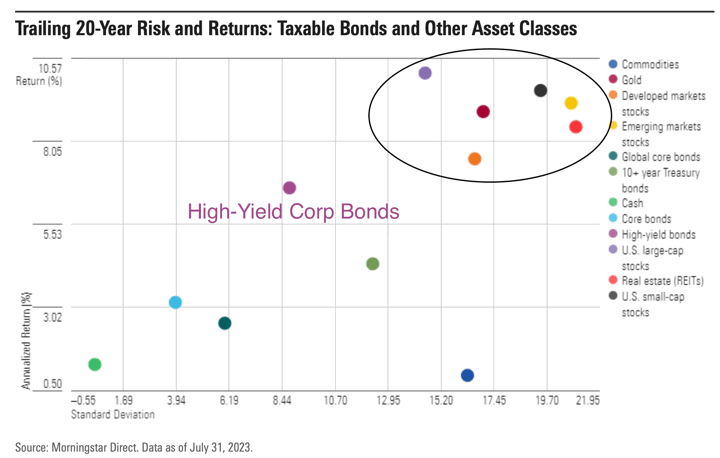
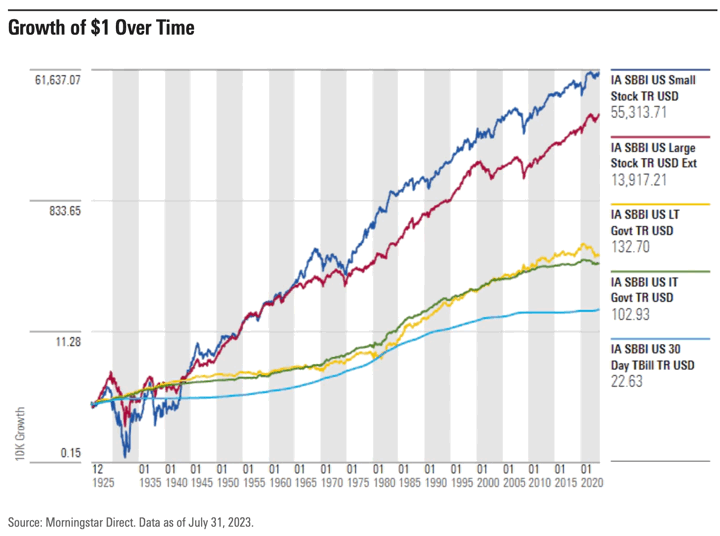
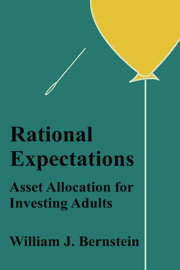
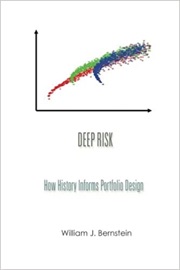 The third book in the “Investing for Adults” series by William Bernstein is
The third book in the “Investing for Adults” series by William Bernstein is 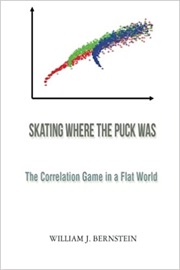
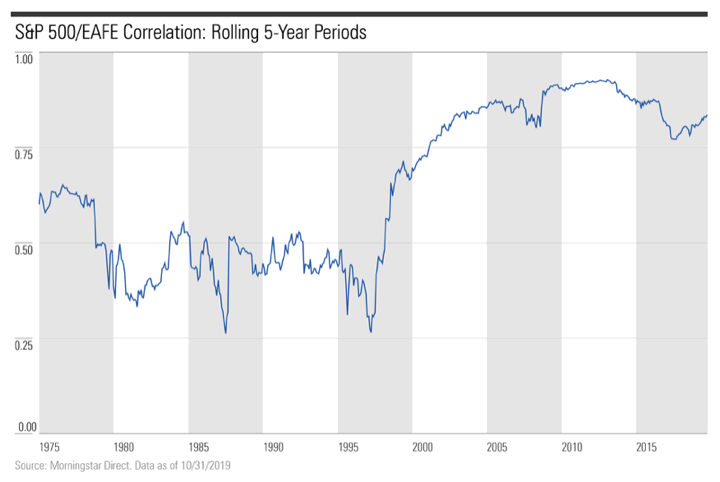
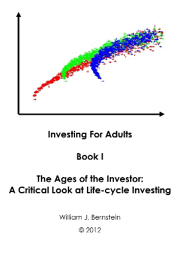
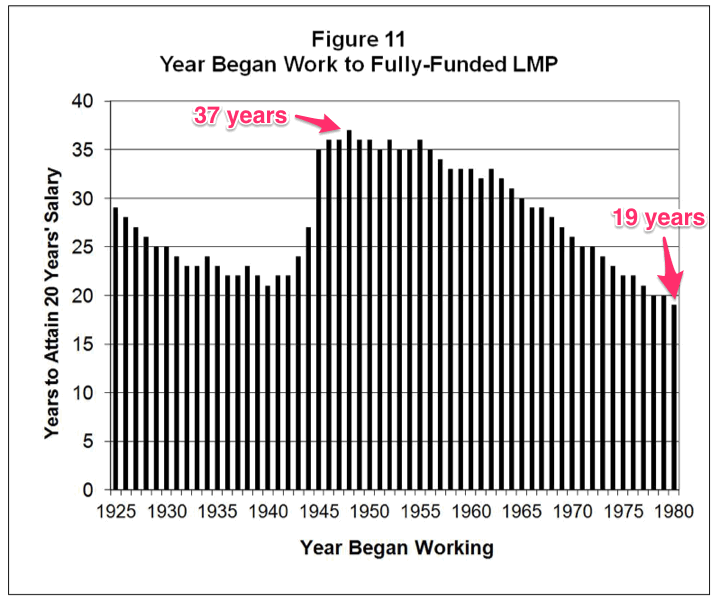
 While we see the live price of the S&P 500 index everywhere, there is much less talk about its dividends. Dividends are an important component of the total return from stocks. I love seeing my quarterly dividend payments arrive every quarter, and combined with our reduced work income, they are enough to cover our household expenses. How reliable is the income stream from owning an S&P 500 index fund (or similar total market fund)?
While we see the live price of the S&P 500 index everywhere, there is much less talk about its dividends. Dividends are an important component of the total return from stocks. I love seeing my quarterly dividend payments arrive every quarter, and combined with our reduced work income, they are enough to cover our household expenses. How reliable is the income stream from owning an S&P 500 index fund (or similar total market fund)?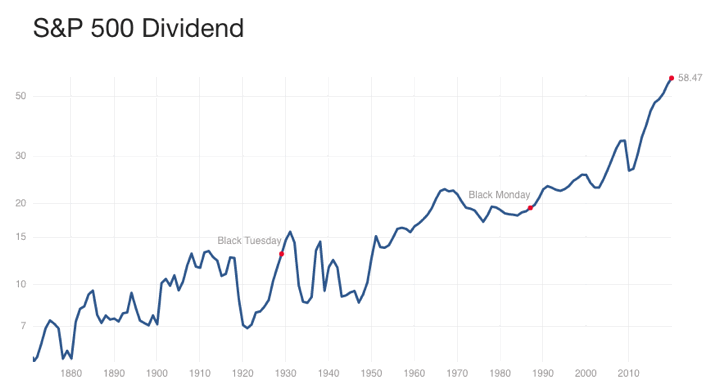
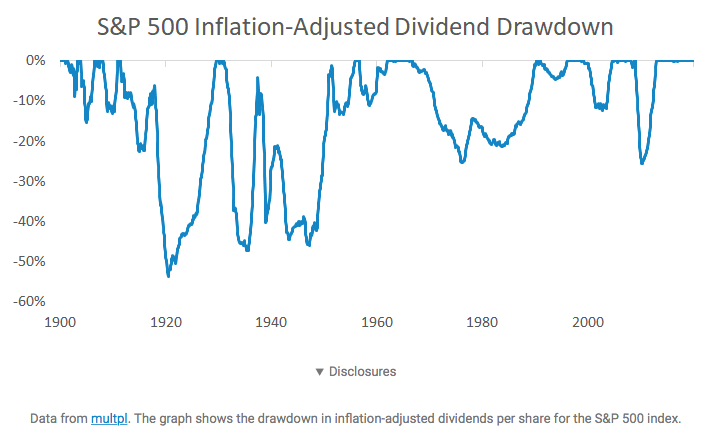
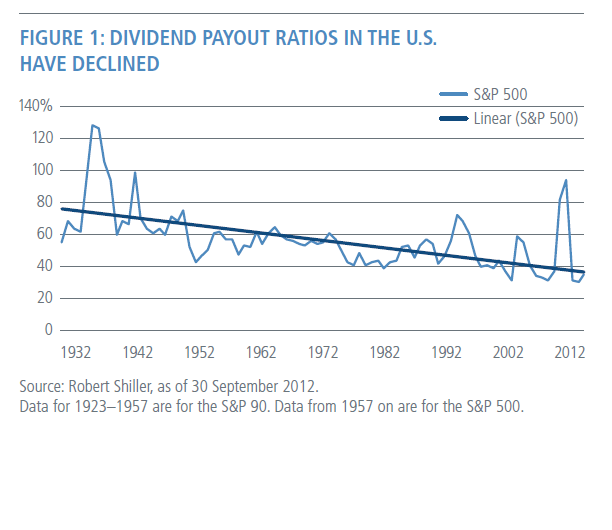
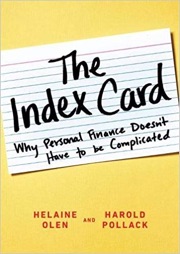 After finishing
After finishing 
 Here are some helpful resources on owning only bonds of the highest credit quality as part of your portfolio asset allocation.
Here are some helpful resources on owning only bonds of the highest credit quality as part of your portfolio asset allocation.  The Best Credit Card Bonus Offers – November 2024
The Best Credit Card Bonus Offers – November 2024 Big List of Free Stocks from Brokerage Apps
Big List of Free Stocks from Brokerage Apps Best Interest Rates on Cash - November 2024
Best Interest Rates on Cash - November 2024 Free Credit Scores x 3 + Free Credit Monitoring
Free Credit Scores x 3 + Free Credit Monitoring Best No Fee 0% APR Balance Transfer Offers
Best No Fee 0% APR Balance Transfer Offers Little-Known Cellular Data Plans That Can Save Big Money
Little-Known Cellular Data Plans That Can Save Big Money How To Haggle Your Cable or Direct TV Bill
How To Haggle Your Cable or Direct TV Bill Big List of Free Consumer Data Reports (Credit, Rent, Work)
Big List of Free Consumer Data Reports (Credit, Rent, Work)